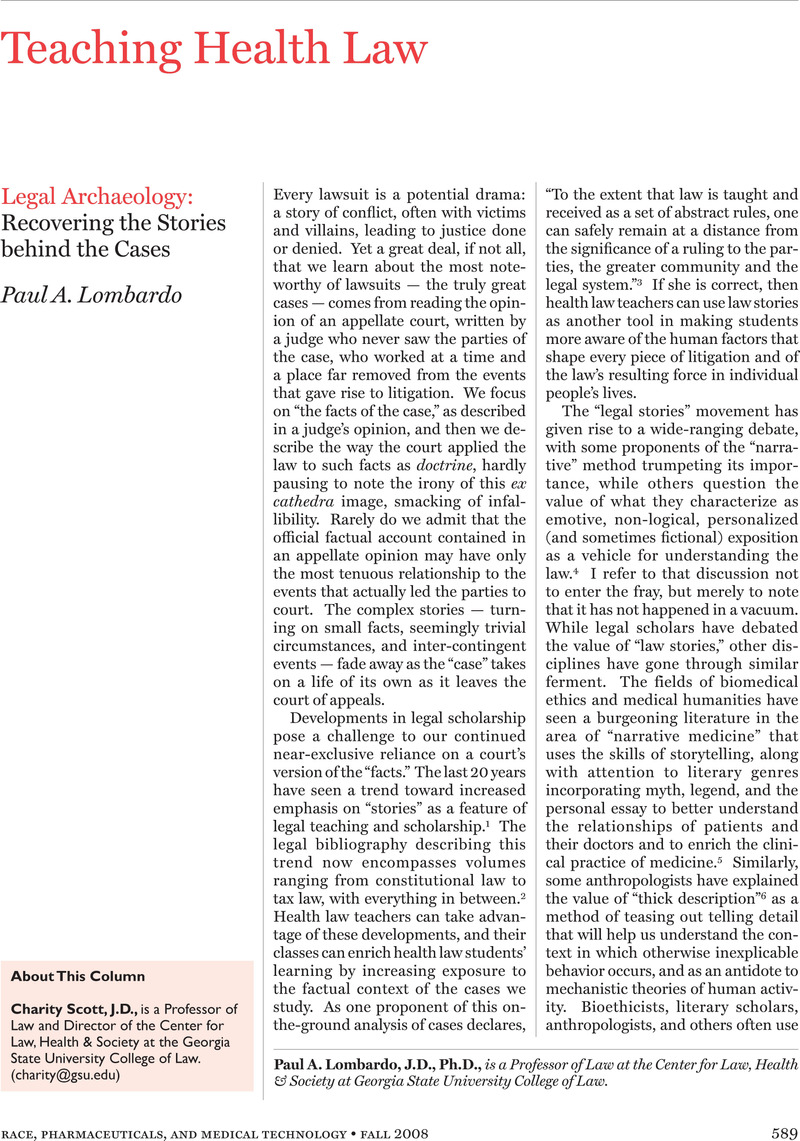Crossref Citations
This article has been cited by the following publications. This list is generated based on data provided by Crossref.
Hamill, Sarah E
2019.
Review of Legal History.
Social & Legal Studies,
Vol. 28,
Issue. 4,
p.
538.
Higgins, Alanna
2024.
U.S. Federal Nutrition Policy and the Legal Geographies of Precision Welfare.
The Professional Geographer,
Vol. 76,
Issue. 6,
p.
692.



